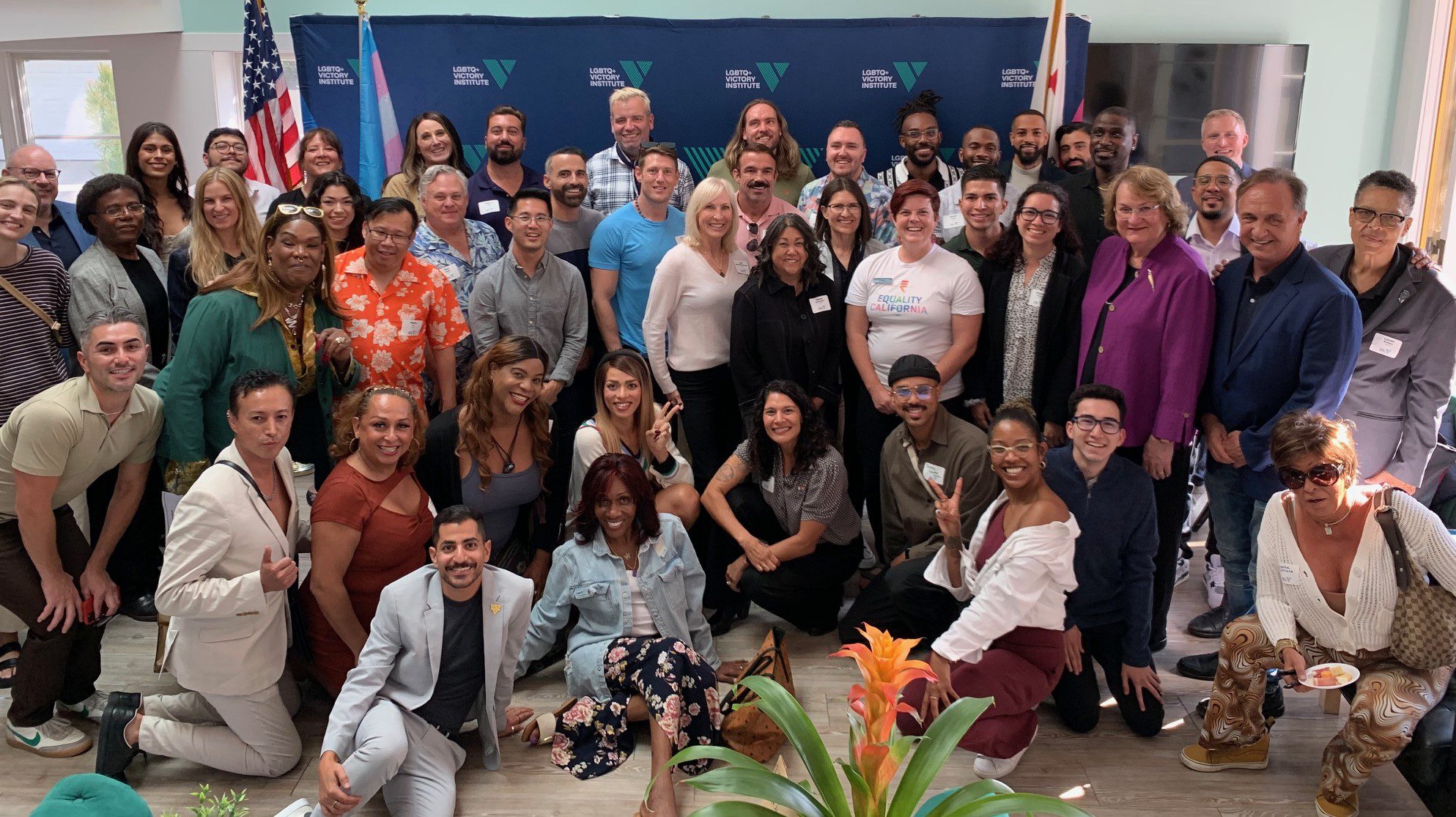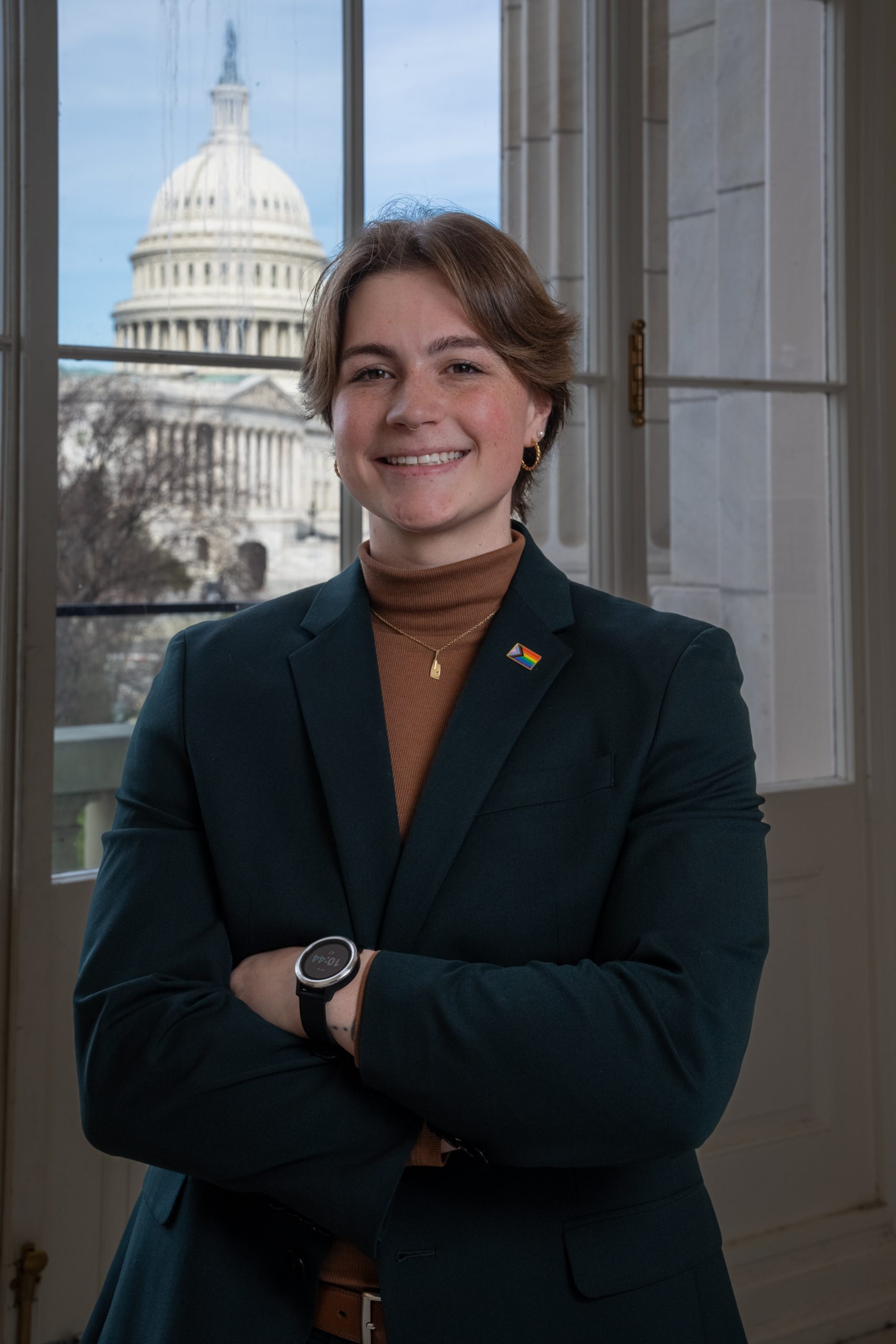
Last month, lights on the arches lining the Ground Floor of the White House illuminated its hallways with rainbow hues for the first time. The intent of this, however, was more than just to create an eye-catching display.
President Joe Biden has made a commitment to celebrate LGTBQ+ lives for Pride Month, and these colorful lights were just one part of the educational Pride Exhibit featured at the White House. The exhibit, in partnership with the Smithsonian’s National Museum of American History, featured a variety of artifacts that teach visitors about some of the history of Pride Month and the fight for LGTBQ+ rights in the United States. The exhibit also included descriptions of monumental LGBTQ+ figures, such as Harvey Milk and Marsha P. Johnson, and critical events, including the Stonewall Riots and the AIDS epidemic.
One lesser-known figure who is featured in the exhibit is First Lady Rose Cleveland, who is discussed in the Smithsonian Magazine. Sister of President Grover Cleveland, Rose served alongside her brother for the first fourteen months of his term. After her time in the White House, the former First Lady was in constant correspondence with a woman named Evangeline Whipple, and the two often spoke fondly of each other. However, due to the limited information about sexuality available at the time, Rose had difficulty describing their exact relationship.
Rose noted in one letter that she “cannot find the words to talk about it.” After many decades of distance, the two finally settled in Italy together for six years until Rose tragically passed away. She was not only the earliest, and only, known LGTBTQ+ First Lady to serve the nation, but she was also a woman with a story that encapsulates what the LGTBQ+ experience was like in the United States during the time period.
A more recent figure featured in the museum is Mark Segal, a journalist who founded the National Gay Newspaper Guild and the Philadelphia Gay News, where he is currently the publisher. Segal participated in the Stonewall Riots and was part of the first New York Pride event in 1970, which was called the Christopher Street Liberation Day March.
Throughout Segal’s 52 years as an activist, he has collected quite a few historical items; some of these artifacts are featured in the White House collection.
Segal shared in an article he wrote that as an “18-year-old boy at Stonewall, [he] never expected that. . . one of his personal artifacts would be on display [at the Whtie House]. Now, it’s a joyous reality.”
More of Segal’s personal items, as well as the rest of the artifacts from the White House exhibit, were a part of “Illegal to Be You: Gay History Beyond Stonewall,” an exhibition at the Smithsonian’s National Museum of American History that ran from June 2019 through early July 2021.
The exhibit features artifacts that tell the story of American members of the LGBTQ+ community and the struggles they faced to be themselves freely. Exhibited items include buttons and posters used at various Washington marches for Gay and Lesbian rights, artifacts from LGBTQ+ clubs and bars, which were a constant target for violence, and personal items from LGBTQ+ Americans throughout history.
By displaying these objects in the White House, President Joe Biden highlighted just a few of the multitude of stories that comprise the rich history of LGTBTQ+ individuals in the United States. Illuminated under those rainbow archways, the featured items and anecdotes told of the strength, resilience, and power that has been a part of the LGTBTQ+ community in the past and will continue to be for many years to come.
Interested in supporting the next generation of LGBTQ+ history-makers? Support our trainings.


